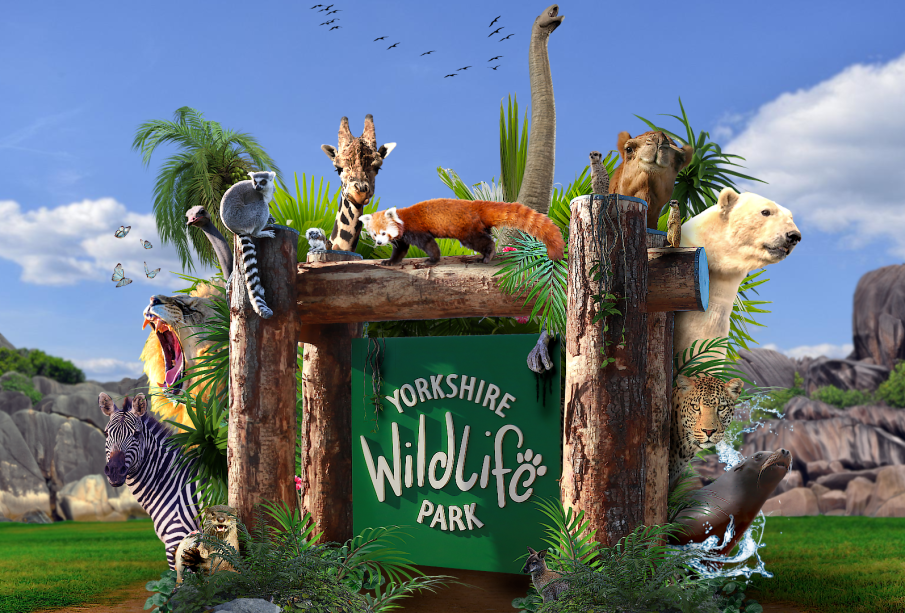Exploring Yorkshire Wildlife Park: A Sanctuary for Animals

Introduction
Yorkshire Wildlife Park, located near Doncaster, is a prominent sanctuary that offers visitors an immersive experience in wildlife conservation and education. Established in 2009, the park serves as a refuge for over 400 animals from various species, many of which are endangered. Its mission is to promote awareness and understanding of wildlife conservation through engaging exhibits and educational programmes, making it a significant attraction for families and wildlife enthusiasts alike.
Park Highlights and Recent Developments
In recent years, Yorkshire Wildlife Park has seen substantial growth and development. One of the most exciting additions is the New Adventure Zone, opened in July 2023, which includes a range of play areas that allow children to engage with wildlife in a fun and educational environment. The park is home to notable species such as the Amur leopard, black rhinos, and white lions, and visitors can observe them in habitats designed to mimic their natural environments.
Moreover, the park has made headlines for its conservation efforts. Yorkshire Wildlife Park is actively involved in species preservation projects and has partnered with various international wildlife charities. Recently, it announced plans to expand its conservation initiatives, focusing on the protection of the endangered African wild dog. These efforts highlight the park’s dedication to not only showcasing wildlife but also playing an active role in their protection.
Visitor Information and Community Engagement
Yorkshire Wildlife Park is easily accessible for both local and international visitors, attracting over 500,000 people each year. The park offers a variety of experiences, including guided tours, interactive animal encounters, and educational workshops. These engaging activities empower guests to learn about animal behaviour and the importance of conservation.
In addition to its focus on wildlife, the park is committed to its local community. It frequently hosts events, workshops, and fundraising days that promote community engagement and awareness about environmental issues. The park recently organised a charity walk, which raised funds for wildlife conservation projects, further solidifying its role as a community hub.
Conclusion
Yorkshire Wildlife Park not only provides a thrilling day out for visitors but also plays a critical role in wildlife conservation and education. As the park continues to expand its facilities and conservation initiatives, it serves as a model for how zoos and wildlife parks can promote awareness and action towards protecting our planet’s biodiversity. The future looks promising for Yorkshire Wildlife Park as it continues to inspire generations and ensure a sustainable future for wildlife.








